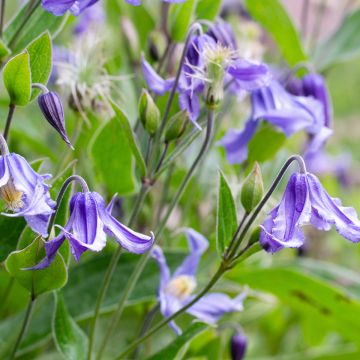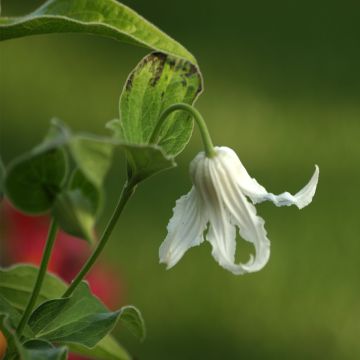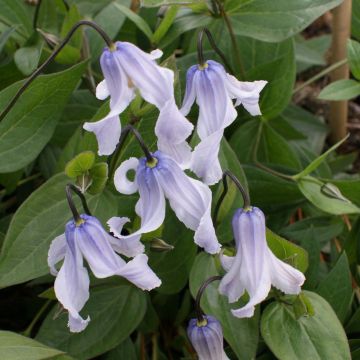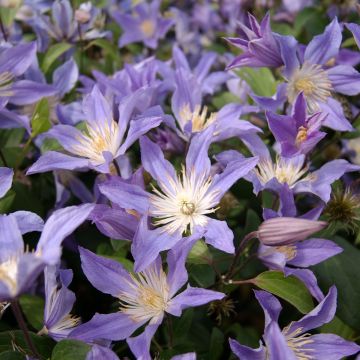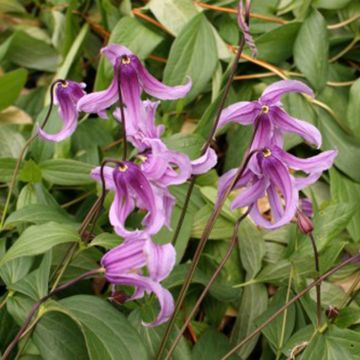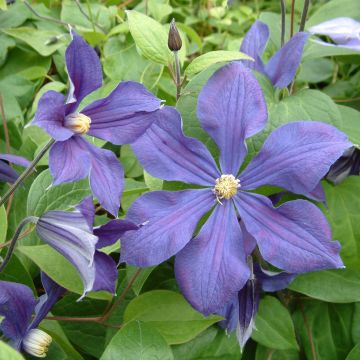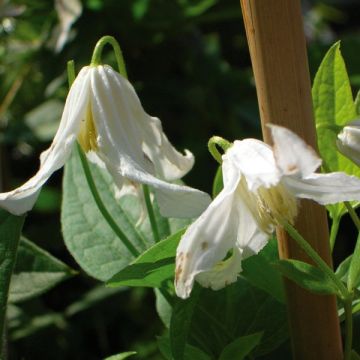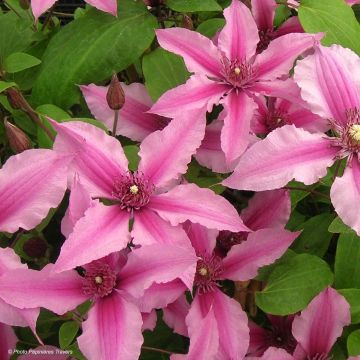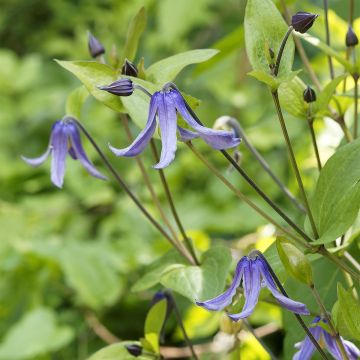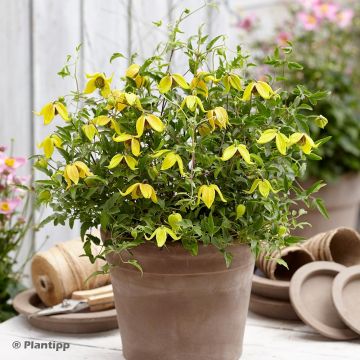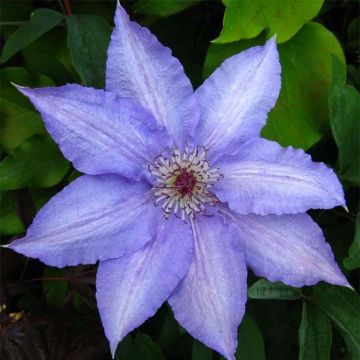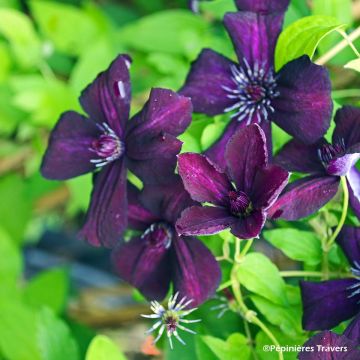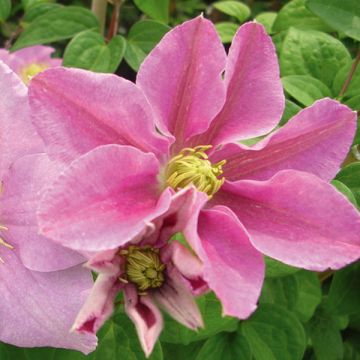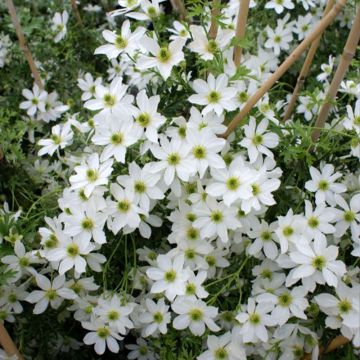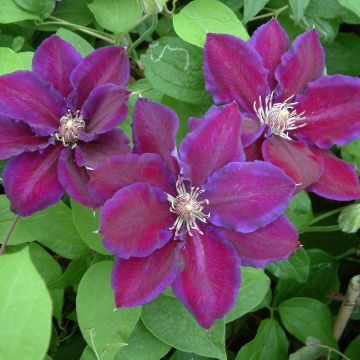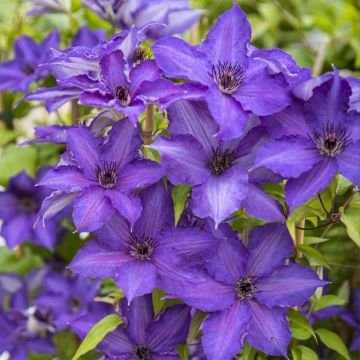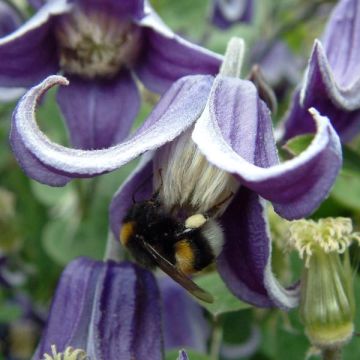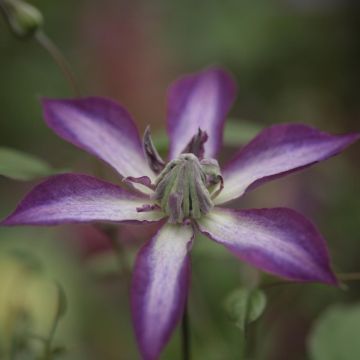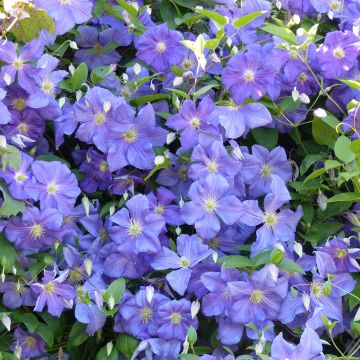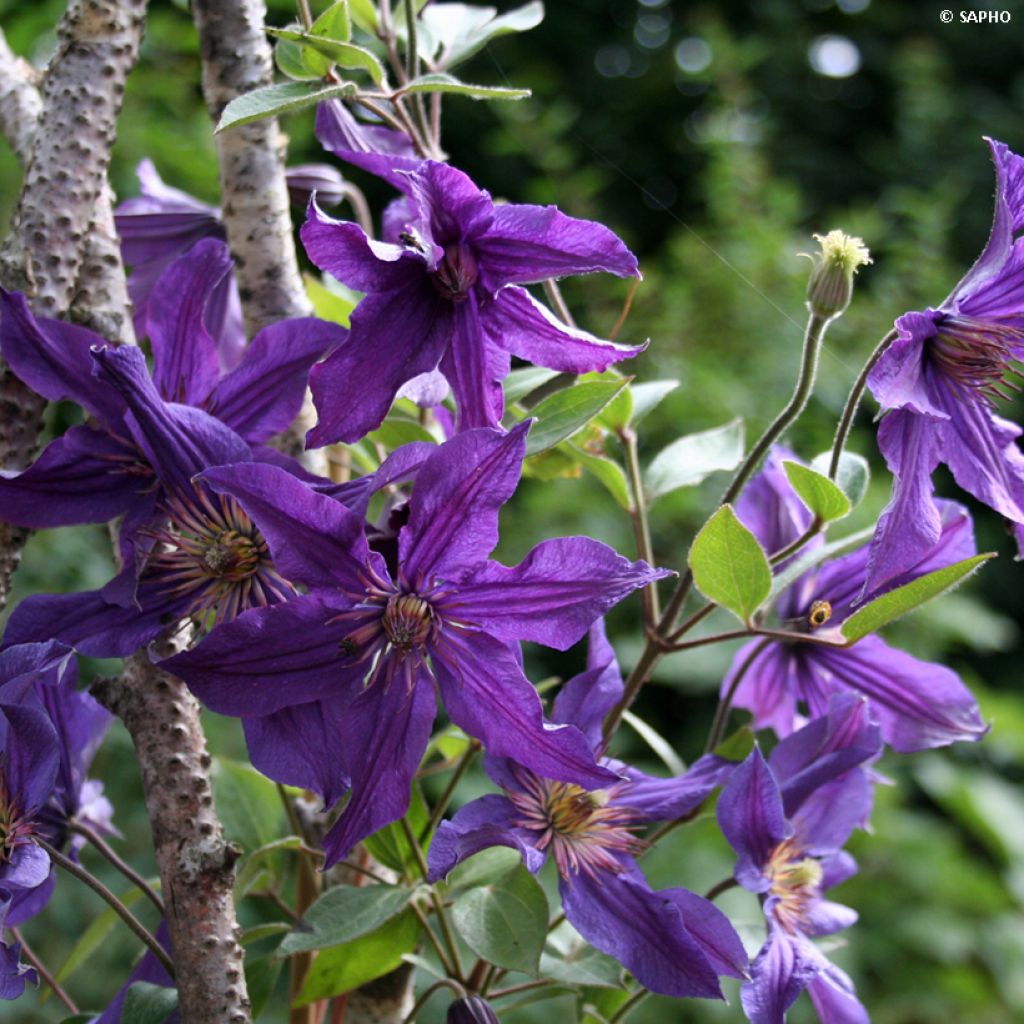

Clematis integrifolia 'Saphyra Violetta' - Clematis
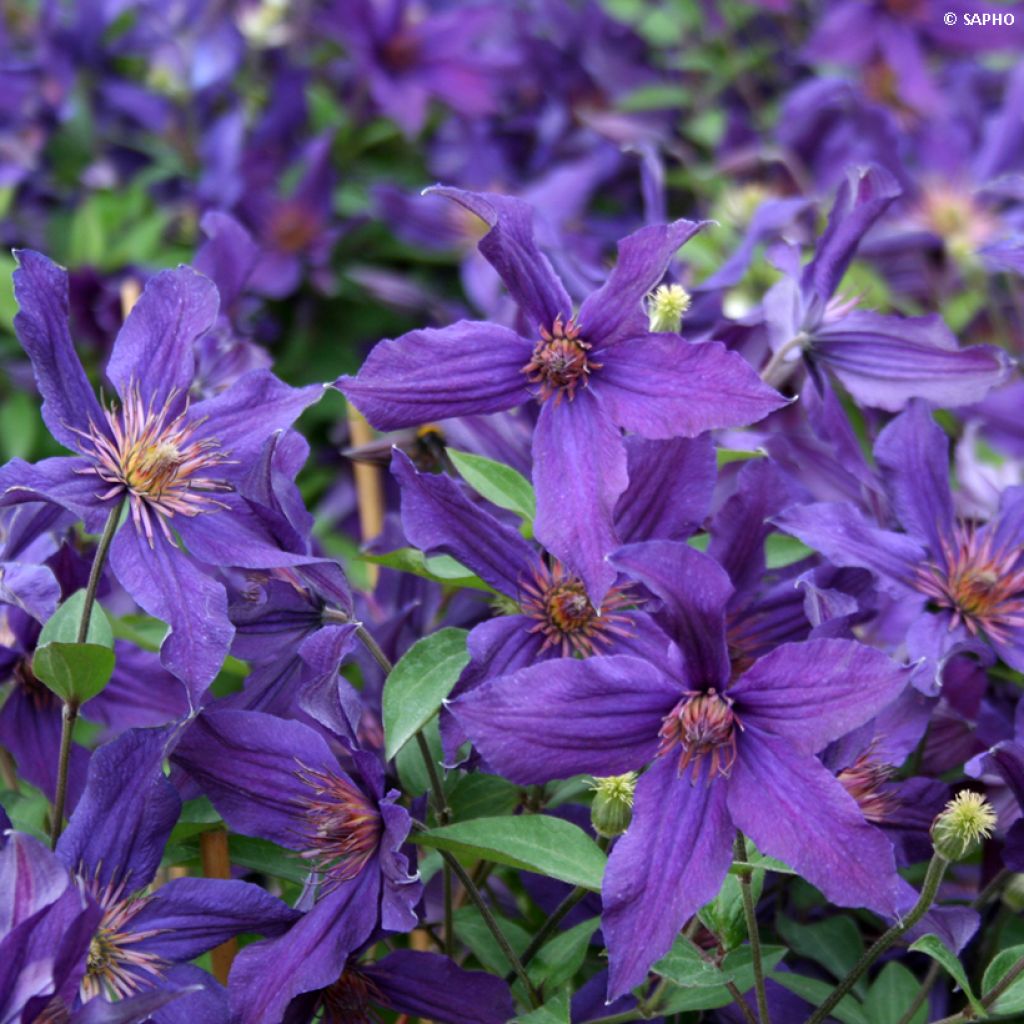

Clematis integrifolia 'Saphyra Violetta' - Clematis
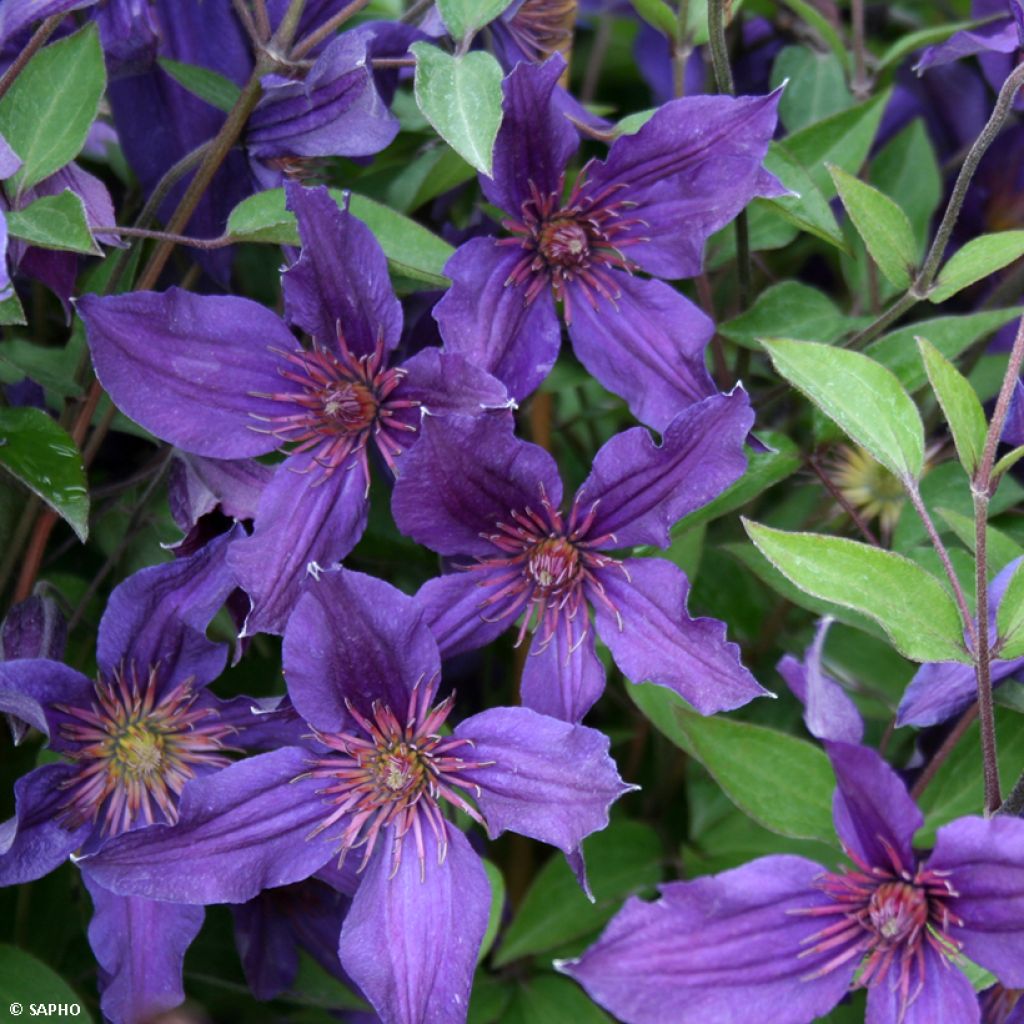

Clematis integrifolia 'Saphyra Violetta' - Clematis
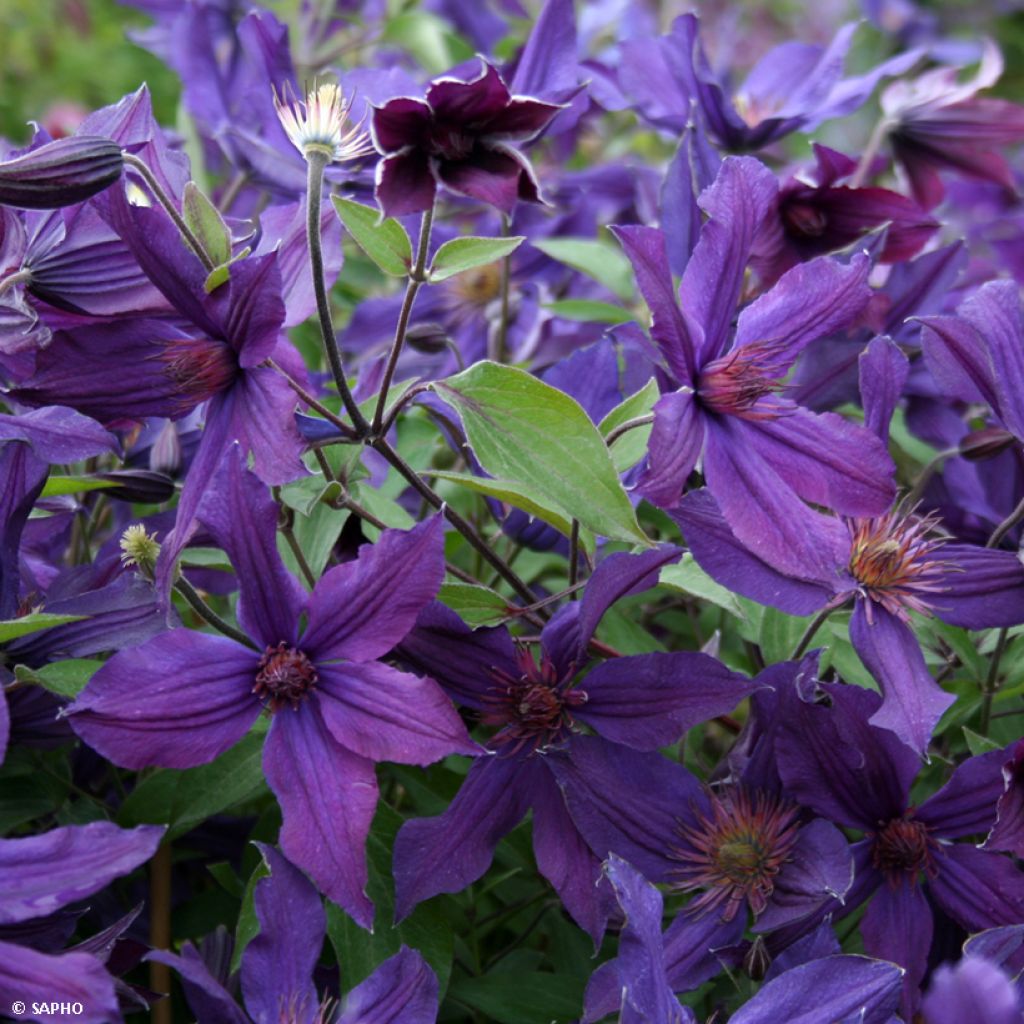

Clematis integrifolia 'Saphyra Violetta' - Clematis
Clematis integrifolia 'Saphyra Violetta' - Clematis
Clematis x integrifolia Saphyra® Violetta 'Cleminov 32'
Solitary Clematis, Mongolian Clematis
This item cannot be shipped to the selected country
Delivery charge from €5.90
Delivery charge from €5.90
More information
Schedule delivery date,
and select date in basket
This plant carries a 12 months recovery warranty
More information
We guarantee the quality of our plants for a full growing cycle, and will replace at our expense any plant that fails to recover under normal climatic and planting conditions.
From €5.90 for pickup delivery and €6.90 for home delivery
Express home delivery from €8.90.
From €5.90 for pickup delivery and €6.90 for home delivery
Express home delivery from €8.90.
Does this plant fit my garden?
Set up your Plantfit profile →
Description
The Clematis 'Saphyra Violetta' is a new variety from the excellent Saphyra series, with a straight, compact habit and large velvet violet flowers. They are darker than those of Saphyra Indigo. It blooms generously throughout the summer. The foliage completely disappears in winter and re-emerges in spring, with many leafy stems that arise directly from the stump. Its modest growth, highly accommodating nature, and abundant flowering make this clematis ideal for container gardening and small gardens. It is also an excellent companion for perennials or low-growing bushes.
The genus Clematis belongs to the family Ranunculaceae. The Clematis 'Saphyra Violetta' (Cleminov 32) is a horticultural variety. It is derived from the Clematis integrifolia, a robust herbaceous clematis native to southern Europe. It is a relatively non-climbing herbaceous perennial with long leafy stems, forming a bushy clump not exceeding 1 m (3ft) in height, with a spread of 70 cm (28in). More or less slow to establish, the plant roots deeply in the soil before showing exponential growth in the following years. Each spring, a multitude of stems emerge directly from its base. They bear small, entire, ovate to elliptical leaves of a slightly olive-green colour. The flowers generously bloom from June to September. They are star-shaped, composed of 4 to 5 quite wide and undulate petals, with a velvety texture and a dark violet colour, traversed by dark violet veins. They are 10 to 12 cm (4 to 5in) wide and hide deep pink stamens in their throat. This variety tolerates drought well once well-established and is not prone to diseases. Saphyra Violetta adapts to a variety of soils and climates.
Plant Clematis 'Saphyra Violetta' alongside your white, red, pink, or purple roses to accompany their flowering and fill in their sometimes bare base. Clematis represents a diverse genus, with varieties available in all colours, shapes, and sizes. Take advantage of their easy cultivation to give your garden a romantic and bohemian touch. Thanks to its herbaceous growth habit, the excellent variety 'Saphyra Violetta' will thrive in a pot on a balcony. In the garden, it will pair well with abelias, deutzias, and dwarf lilacs. Or it can spread on the ground, for example, on a slope invaded by perennial peas, variegated ivy, perennial salvias, small-flowered periwinkles, and many others.
Report an error about the product description
Clematis integrifolia 'Saphyra Violetta' - Clematis in pictures
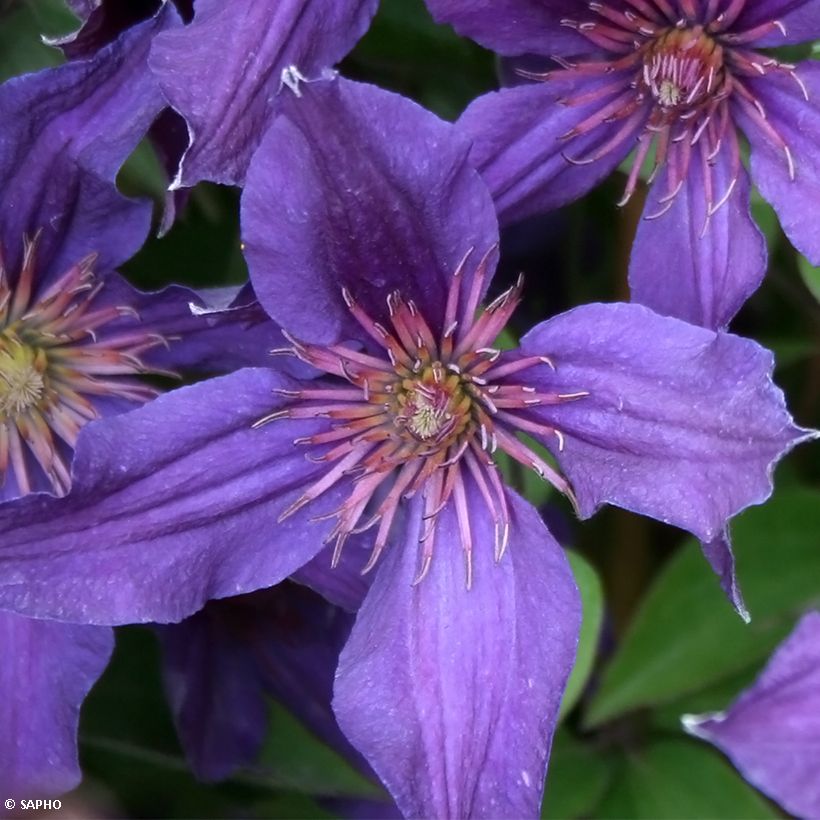

Flowering
Foliage
Plant habit
Botanical data
Clematis
x integrifolia
Saphyra® Violetta 'Cleminov 32'
Ranunculaceae
Solitary Clematis, Mongolian Clematis
Cultivar or hybrid
Other Clematis Integrifolia
Planting and care
Plant the 'Saphyra Violetta' clematis preferably in a sunny spot, in well-prepared and loosened soil, shading the roots and the base of the stem (with a flat tile for example). Herbaceous species prefer full sun and do not appreciate overly wet soils. Install your plant by covering the root ball with 3 cm (1in) of soil, in soil worked to a depth of 20 cm (8in), lightened with good compost. During the first few weeks, water regularly, but be careful of the presence of stagnant water, as this can cause collar rot. Mulch in February with garden compost or well-rotted manure, avoiding direct contact with the stems. Train the stems, without squeezing them, until the plant grips onto the support on its own. Clematis also like to grow freely on neighboring plants. The young shoots attract the attention of slugs. Voles and grey worms can attack clematis and devour the stems. Aphids and greenhouse whiteflies are also potential pests.
Analyse et correction du texte traduit :Plant the 'Saphyra Violetta' clematis preferably in a sunny spot, in well-prepared and loosened soil, shading the roots and the base of the stem (with a flat tile, for example). Herbaceous species prefer full sun and do not appreciate overly wet soils. Install your plant by covering the root ball with 3 cm (1in) of soil, in soil worked to a depth of 20 cm (8in), lightened with good compost. During the first few weeks, water regularly, but be careful of the presence of stagnant water, as this can cause collar rot. Mulch in February with garden compost or well-rotted manure, avoiding direct contact with the stems. Train the stems, without squeezing them, until the plant grips onto the support on its own. Clematis also like to grow freely on neighboring plants. The young shoots attract the attention of slugs. Voles and grey worms can attack clematis and devour the stems. Aphids and greenhouse whiteflies are also potential pests.
Planting period
Intended location
Care
-
, onOrder confirmed
Reply from on Promesse de fleurs
Clematis
Haven't found what you were looking for?
Hardiness is the lowest winter temperature a plant can endure without suffering serious damage or even dying. However, hardiness is affected by location (a sheltered area, such as a patio), protection (winter cover) and soil type (hardiness is improved by well-drained soil).

Photo Sharing Terms & Conditions
In order to encourage gardeners to interact and share their experiences, Promesse de fleurs offers various media enabling content to be uploaded onto its Site - in particular via the ‘Photo sharing’ module.
The User agrees to refrain from:
- Posting any content that is illegal, prejudicial, insulting, racist, inciteful to hatred, revisionist, contrary to public decency, that infringes on privacy or on the privacy rights of third parties, in particular the publicity rights of persons and goods, intellectual property rights, or the right to privacy.
- Submitting content on behalf of a third party;
- Impersonate the identity of a third party and/or publish any personal information about a third party;
In general, the User undertakes to refrain from any unethical behaviour.
All Content (in particular text, comments, files, images, photos, videos, creative works, etc.), which may be subject to property or intellectual property rights, image or other private rights, shall remain the property of the User, subject to the limited rights granted by the terms of the licence granted by Promesse de fleurs as stated below. Users are at liberty to publish or not to publish such Content on the Site, notably via the ‘Photo Sharing’ facility, and accept that this Content shall be made public and freely accessible, notably on the Internet.
Users further acknowledge, undertake to have ,and guarantee that they hold all necessary rights and permissions to publish such material on the Site, in particular with regard to the legislation in force pertaining to any privacy, property, intellectual property, image, or contractual rights, or rights of any other nature. By publishing such Content on the Site, Users acknowledge accepting full liability as publishers of the Content within the meaning of the law, and grant Promesse de fleurs, free of charge, an inclusive, worldwide licence for the said Content for the entire duration of its publication, including all reproduction, representation, up/downloading, displaying, performing, transmission, and storage rights.
Users also grant permission for their name to be linked to the Content and accept that this link may not always be made available.
By engaging in posting material, Users consent to their Content becoming automatically accessible on the Internet, in particular on other sites and/or blogs and/or web pages of the Promesse de fleurs site, including in particular social pages and the Promesse de fleurs catalogue.
Users may secure the removal of entrusted content free of charge by issuing a simple request via our contact form.
The flowering period indicated on our website applies to countries and regions located in USDA zone 8 (France, the United Kingdom, Ireland, the Netherlands, etc.)
It will vary according to where you live:
- In zones 9 to 10 (Italy, Spain, Greece, etc.), flowering will occur about 2 to 4 weeks earlier.
- In zones 6 to 7 (Germany, Poland, Slovenia, and lower mountainous regions), flowering will be delayed by 2 to 3 weeks.
- In zone 5 (Central Europe, Scandinavia), blooming will be delayed by 3 to 5 weeks.
In temperate climates, pruning of spring-flowering shrubs (forsythia, spireas, etc.) should be done just after flowering.
Pruning of summer-flowering shrubs (Indian Lilac, Perovskia, etc.) can be done in winter or spring.
In cold regions as well as with frost-sensitive plants, avoid pruning too early when severe frosts may still occur.
The planting period indicated on our website applies to countries and regions located in USDA zone 8 (France, United Kingdom, Ireland, Netherlands).
It will vary according to where you live:
- In Mediterranean zones (Marseille, Madrid, Milan, etc.), autumn and winter are the best planting periods.
- In continental zones (Strasbourg, Munich, Vienna, etc.), delay planting by 2 to 3 weeks in spring and bring it forward by 2 to 4 weeks in autumn.
- In mountainous regions (the Alps, Pyrenees, Carpathians, etc.), it is best to plant in late spring (May-June) or late summer (August-September).
The harvesting period indicated on our website applies to countries and regions in USDA zone 8 (France, England, Ireland, the Netherlands).
In colder areas (Scandinavia, Poland, Austria...) fruit and vegetable harvests are likely to be delayed by 3-4 weeks.
In warmer areas (Italy, Spain, Greece, etc.), harvesting will probably take place earlier, depending on weather conditions.
The sowing periods indicated on our website apply to countries and regions within USDA Zone 8 (France, UK, Ireland, Netherlands).
In colder areas (Scandinavia, Poland, Austria...), delay any outdoor sowing by 3-4 weeks, or sow under glass.
In warmer climes (Italy, Spain, Greece, etc.), bring outdoor sowing forward by a few weeks.

































